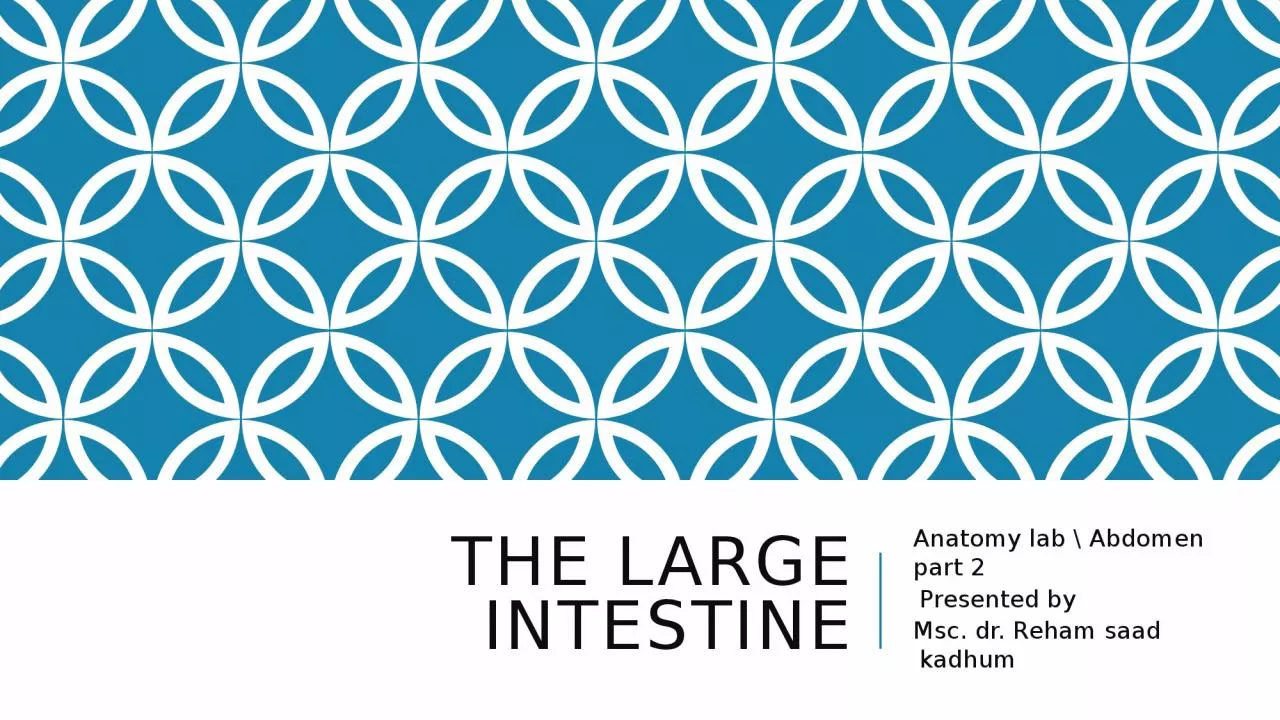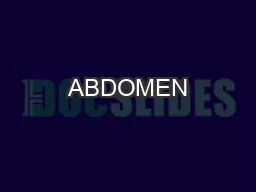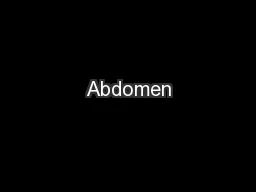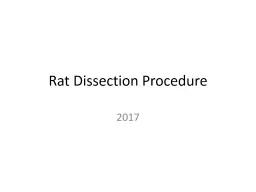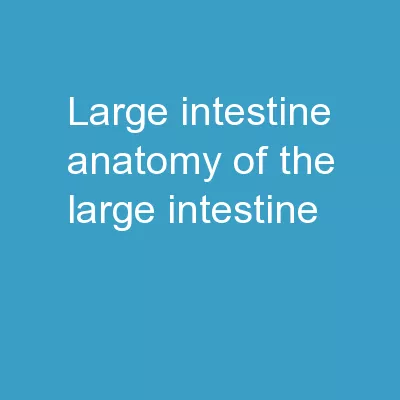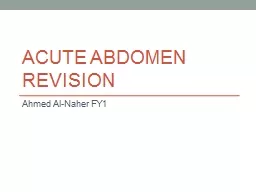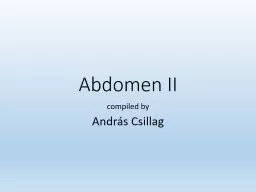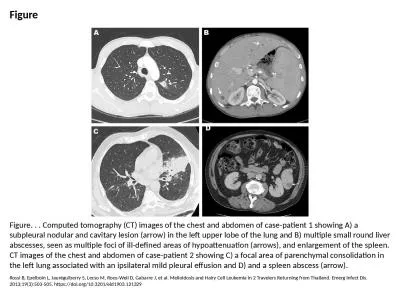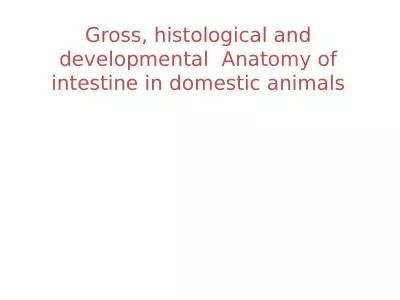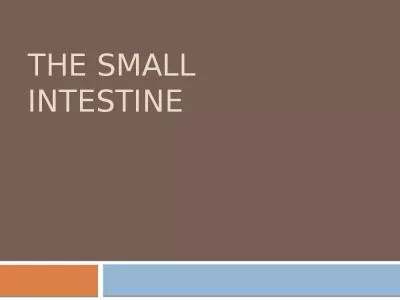PPT-The large Intestine Anatomy lab \ Abdomen part 2
Author : byrne | Published Date : 2024-01-03
Presented by Msc dr Reham saad kadhum Large Intestine The large intestine extends from the ileum to the anus It is divided into the cecum appendix ascending
Presentation Embed Code
Download Presentation
Download Presentation The PPT/PDF document "The large Intestine Anatomy lab \ Abdom..." is the property of its rightful owner. Permission is granted to download and print the materials on this website for personal, non-commercial use only, and to display it on your personal computer provided you do not modify the materials and that you retain all copyright notices contained in the materials. By downloading content from our website, you accept the terms of this agreement.
The large Intestine Anatomy lab \ Abdomen part 2: Transcript
Download Rules Of Document
"The large Intestine Anatomy lab \ Abdomen part 2"The content belongs to its owner. You may download and print it for personal use, without modification, and keep all copyright notices. By downloading, you agree to these terms.
Related Documents

